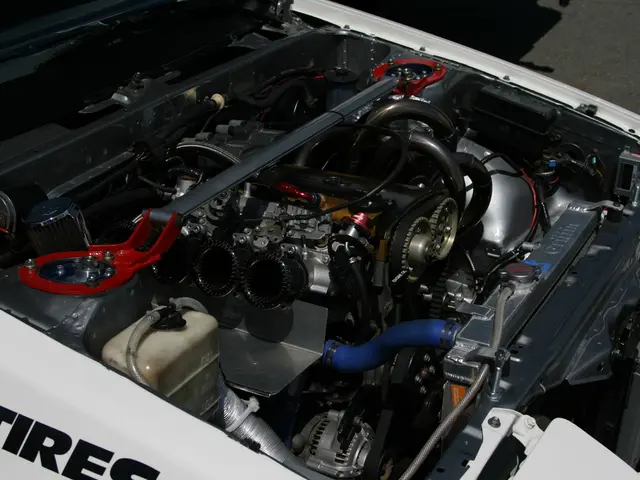Understanding Active Studio Monitors: Comprehensive Overview
In the world of audio production, active studio monitors have emerged as a popular choice for their user-friendly design and optimized performance. Unlike regular speakers that are designed to enhance sound for listener enjoyment, active studio monitors prioritise accuracy and fidelity.
One such model that emphasises acoustic transparency and precision is Focal's Shape 65. Known for its clarity across the frequency spectrum, this monitor offers a level of detail that is crucial for accurate sound reproduction.
Neumann's KH series monitors also stand out for their exceptional detail and dynamic range. Engineered to reveal minute details, these monitors are a favourite among professionals seeking superior accuracy and build quality.
Active monitors come with built-in amplifiers, a feature that simplifies setup and reduces equipment clutter. This plug-and-play design ensures low distortion and consistent, reliable sound quality right out of the box.
Additional advantages of active monitors include a simplified setup, optimized internal design, and space-saving benefits. The built-in amps and drivers work together to provide balanced, accurate sound reproduction, tailored by professional engineers. The internal amps also mean fewer devices and cables, helping maintain a cleaner studio environment.
In contrast, passive monitors offer more flexibility and customization since you can choose and upgrade the amplifier and other components separately. However, they require more technical knowledge for proper impedance and power matching, involve more complex setups with external amps, and usually produce more cable clutter.
When choosing the right studio monitors, it's essential to consider factors such as the music genre, budget, and the size and power of the monitors for optimal music production needs. For instance, electronic music often benefits from monitors with enhanced bass response, while classical music might need monitors with a flat frequency response for accurate sound reproduction.
The size of your room also plays a role. Smaller rooms may require smaller monitors to avoid overpowering the space. Larger monitors can generally produce more powerful and deeper bass, which is beneficial for certain types of music.
Among the legendary studio monitors is the Yamaha HS5, known for its precise and natural sound with a flat frequency response, critical for accurate mixing. Another highly esteemed monitor is the Genelec 8030c, renowned for its exceptional clarity and balanced frequency response, making it suitable for monitoring in both music production and post-production environments.
Active studio monitors can also enhance the gaming experience by offering precision and clarity in audio reproduction. Proper maintenance and avoiding excessive volume levels can help extend the lifespan of these durable monitors, which are built to last with sturdy construction to withstand regular use.
In summary, active studio monitors are preferred in many modern audio production settings for their user-friendly, optimized, and space-efficient design. Passive monitors, on the other hand, appeal to users who want maximum customization and long-term upgrade potential. The choice between the two depends on the user's specific needs and preferences.
[1] Studio Monitor Comparison: Active vs Passive (www.soundonsound.com) [2] The Best Studio Monitors for Music Production (www.musictech.net) [3] Choosing the Right Studio Monitors (www.thomann.de) [4] Active vs Passive Studio Monitors: What's the Difference? (www.proaudiofiles.com) [5] Studio Monitor Buying Guide (www.sweetwater.com)
- The Focal Shape 65, with its clarity across the frequency spectrum, is a popular active studio monitor among audio professionals, prized for its acoustic transparency and precision.
- Neumann's KH series monitors, known for their exceptional detail and dynamic range, are another popular choice for their ability to reveal minute details, crucial for superior audio accuracy.
- Active studio monitors, like Focal and Neumann's, come with built-in amplifiers, simplifying setup and reducing equipment clutter, thus ensuring low distortion and consistent sound quality.
- When looking for the right studio monitors for music production, it's important to consider factors such as music genre, room size, and budget, to optimize sound reproduction and mixing needs.
- Proper care and maintenance, such as avoiding excessive volume levels, can help extend the lifespan of active studio monitors, which are constructed to withstand regular use in music production and gaming environments.




